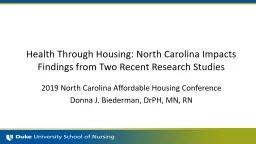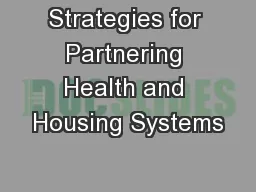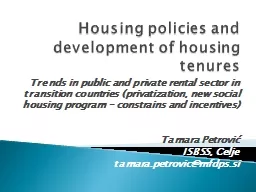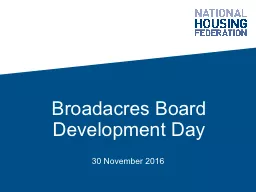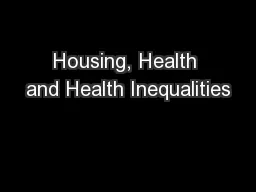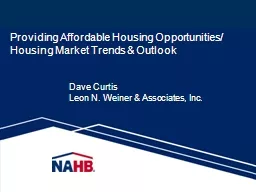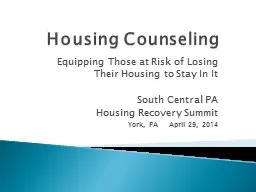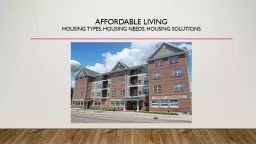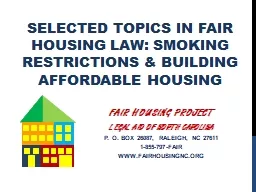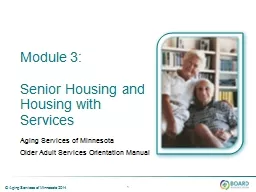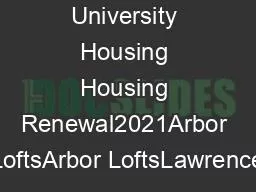PPT-Health Through Housing: North
Author : ellena-manuel | Published Date : 2019-11-22
Health Through Housing North Carolina Impacts Findings from Two R ecent R esearch S tudies 2019 North Carolina Affordable Housing Conference Donna J Biederman DrPH
Presentation Embed Code
Download Presentation
Download Presentation The PPT/PDF document "Health Through Housing: North" is the property of its rightful owner. Permission is granted to download and print the materials on this website for personal, non-commercial use only, and to display it on your personal computer provided you do not modify the materials and that you retain all copyright notices contained in the materials. By downloading content from our website, you accept the terms of this agreement.
Health Through Housing: North: Transcript
Download Rules Of Document
"Health Through Housing: North"The content belongs to its owner. You may download and print it for personal use, without modification, and keep all copyright notices. By downloading, you agree to these terms.
Related Documents

